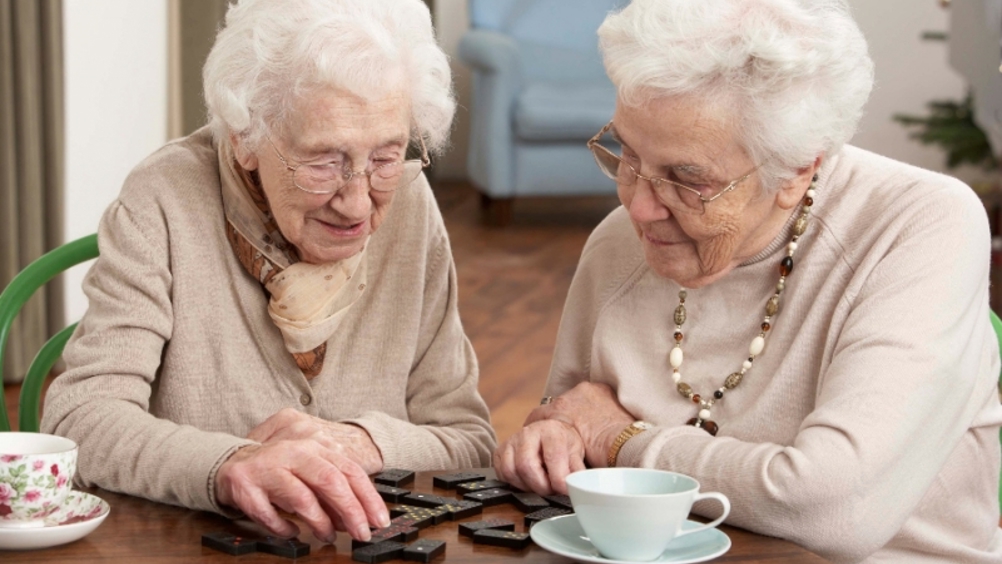Appropriate care

Kalpa Patel reviews the specific challenges of older patients.
Kalpa Patel reviews the specific challenges of older patients.
The Office of National Statistics indicates that the fastest increase has been in the population aged 85 years and over. ‘The oldest old’ numbered 1.3m in 2008 and is predicted to be 3.2m in 2033. In the United States, the age group showing the greatest increase in numbers is the centenarians. With increasing age we have increasing frailty, disability and impairment. This can have an impact on an older person’s ability to self-care, access health services, cognitive ability and reliance on others. It is estimated that 20 per cent of people aged 84 years, and 84 per cent of those aged 95 and over live in care homes.
It is predicted that there will be a shift in restorative treatment provision from those in middle age to older people. The ‘newer old’ (70-85) have heavily restored dentitions which require continuing maintenance, and their expectations of retaining natural teeth are high. There will be an increase in teeth with exposed roots plus risk factors for decay such as dry mouth due to medication, wearing partial dentures, poor oral health with increasing frailty and disability with a reliance on carers for oral hygiene measures and poor diet containing sugars. The British National Diet and Nutrition Survey reported that 39 per cent of frail older people living a care homes with exposed root surfaces had signs of decay.
Register now to continue reading
WHAT’S INCLUDED
-
Unlimited access to the latest news, articles and video content
-
Monthly email newsletter
-
Podcasts and members benefits, coming soon!
